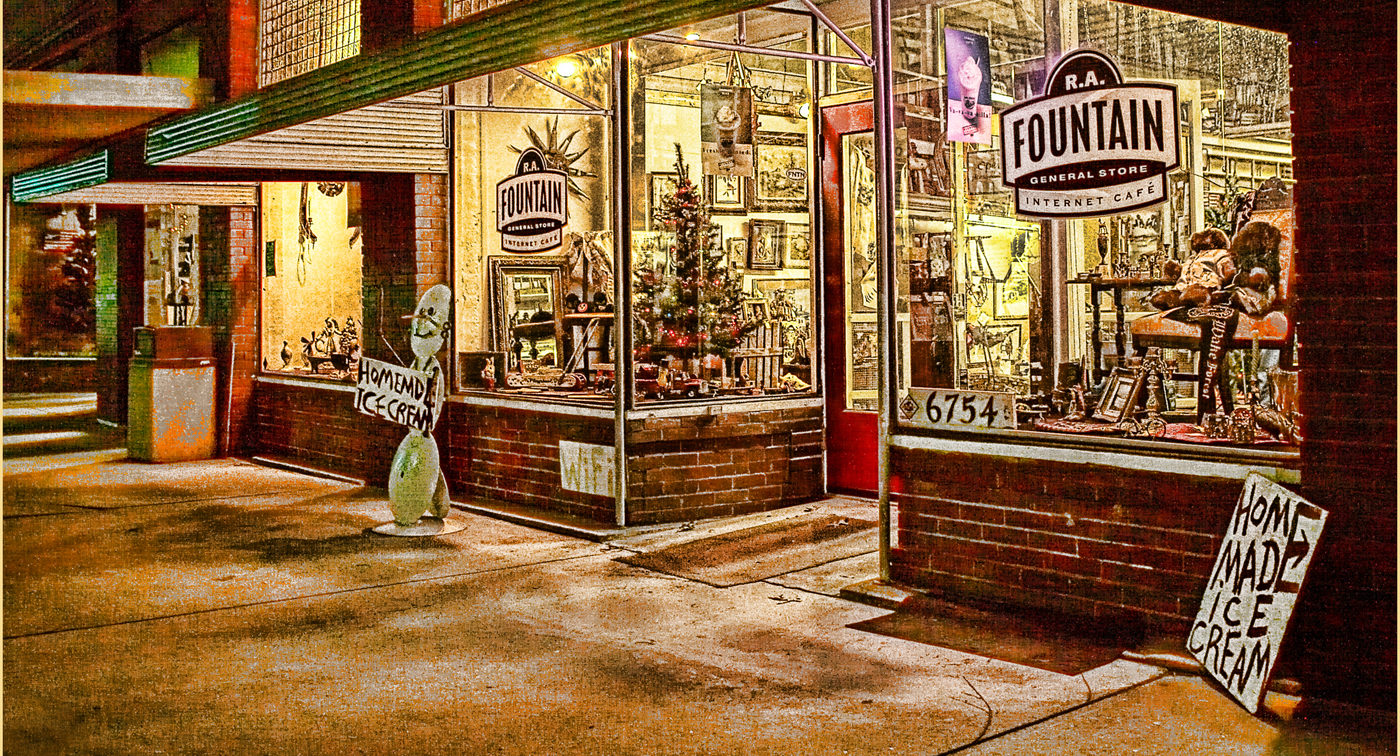Anyone who has been to a military funeral, or served in the military, or even watched a war movie is familiar with the bugle call, “Taps.”
It is a distinctive 24-note tune that has tragic origins in the Civil War and involves a story that is heartbreaking and also likely not true — instead, fabricated for a television show.

The myth is that Union Captain Robert Ellicombe was involved in a battle near Harrison’s Landing in the Peninsula Campaign of 1862. He came upon the bodies of several Confederate soldiers and upon inspection, found that one was his son. The boy had been studying music in the south and his parents were not aware he’d joined the CSA army. A variation of this story says that Ellicombe heard the dying cries of his son and ran to him.
It is said that Ellicombe found a scrap of music in his son’s pocket and asked the company bugler to play them at his son’s funeral. Variations of this story say that because the son was Confederate, he could not have the normal soldier’s funeral dirge played.
Legend says that Union General Daniel Butterfield heard the tune and asked his bugler, Oliver Morton, to modify the arrangement. This is where the actual story’s truth begins — sort of. It’s believed the story of Ellicombe was invented for a 1949 episode of the TV show “Ripley’s Believe it or Not.”

Some sources credit Butterfield for writing the tune, but it is believed he asked Morton to revise another bugle tune called “Scott Tattoo.” Butterfield felt the tune played for “lights out” was too formal. A story in The Century magazine published in 1898 quoted both Butterfield and Morton on the origins of the tune.
“Taps” was first played at Harrison’s Landing (near Richmond), but it was played for a Union artilleryman who was killed during the Seven Days Battle. The man’s captain felt the tune was safer than the three rifle volleys being fired as they might cause confusion among the troops that an attack was underway.
The tune caught the ear of many buglers who asked for the music and it was referred to as “Extinguish Lights” in manuals up until 1891. It had picked up the name “Drum Taps” or “Taps” along the way and “Taps” eventually became the moniker.
Sources:
Ayres, Thomas. That’s Not in My American History Book, 2004
Nix, Elizabeth. “How Did Taps Originate,” History.com, Jan. 20, 2021
USA Today, May 14, 2020


Wow, this is a little slice of music history. Well done.
Thanks for reading. I fell in on this one a little because the myth of the man finding the son was so prevalent for a long time.
My first memory of “Taps” is from my father’s military funeral in 1969, I was 8 years old. Every time I’ve heard it since, I’m once again that little boy who wasn’t really sure what was happening. Thanks for sharing this Mike.
Mike, you should be writing these things down for your grandkids. I can’t imagine how tough that must have been. Thanks for reading.
Very interesting. Thanks!
Thanks, Charles.
I lived in Richmond for three years. (Don’t get me started on history!) I traveled quite a bit around the area and down the river road (hwy 5) going to Williamsburg About half way down stands Harrison’s Landing. There is a historical marker by the highway that tells the story of the Taps. Lot of history there!
That’s interesting. Lots of fun to be had in Richmond and Williamsburg for a history nerd like me. Also love the Revolutionary Museum in Yorktown.